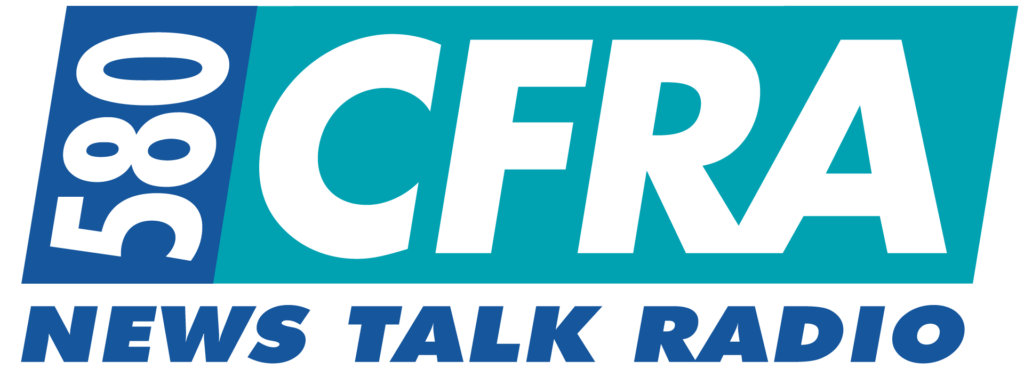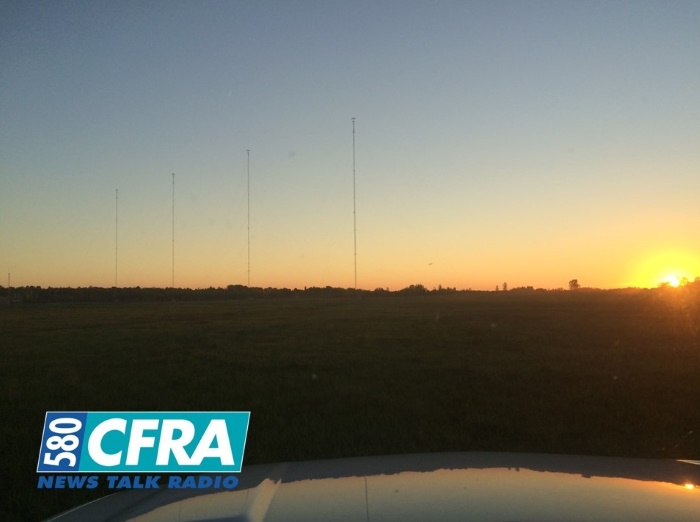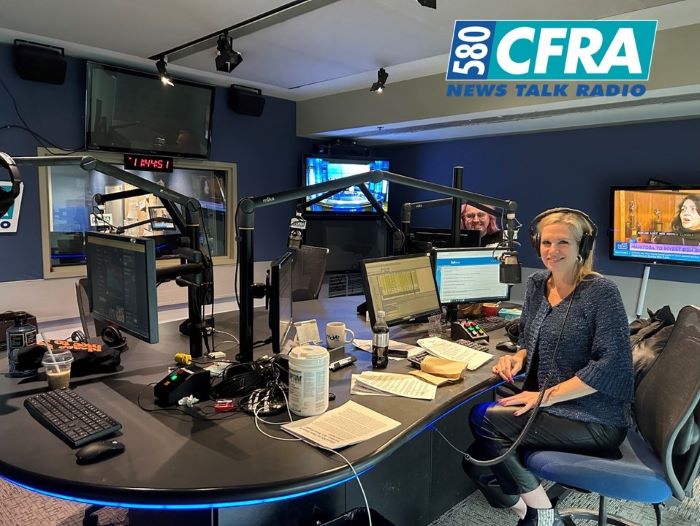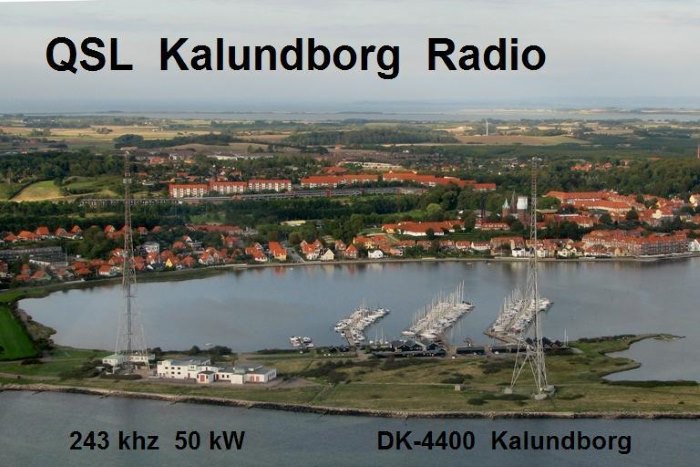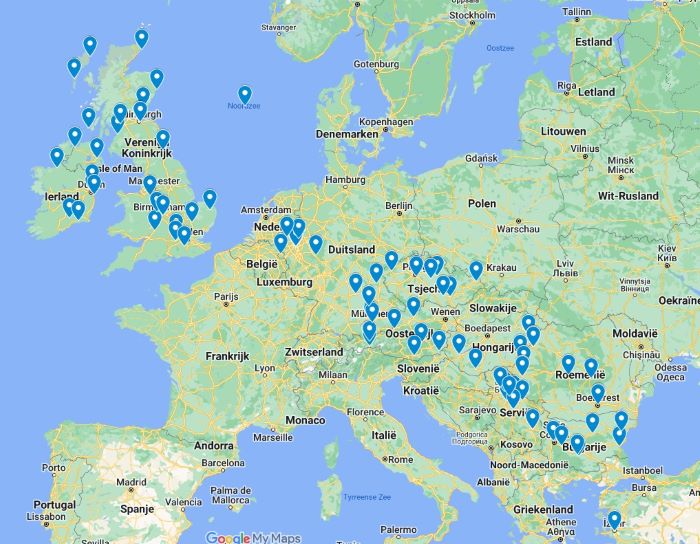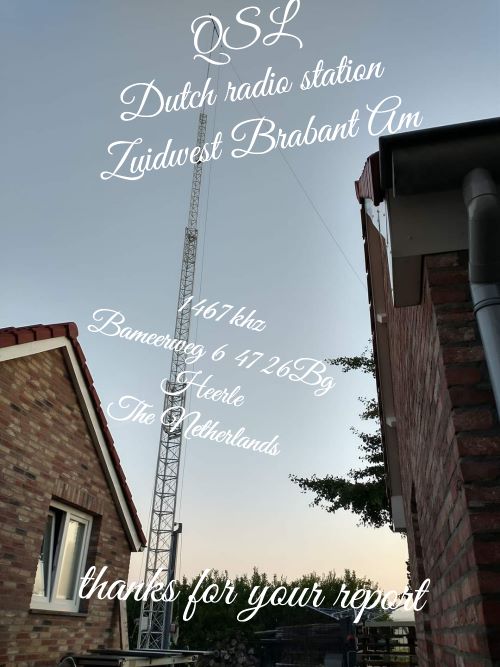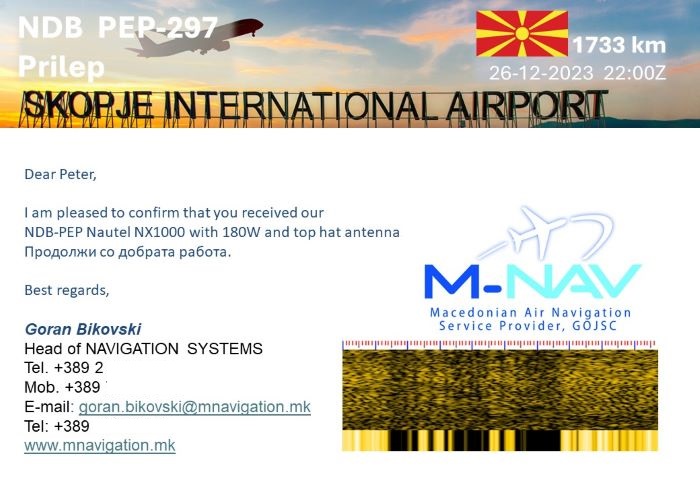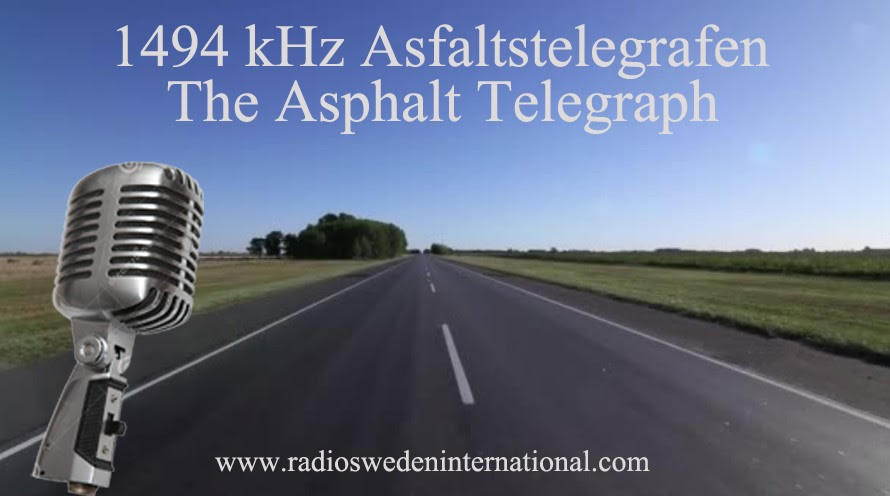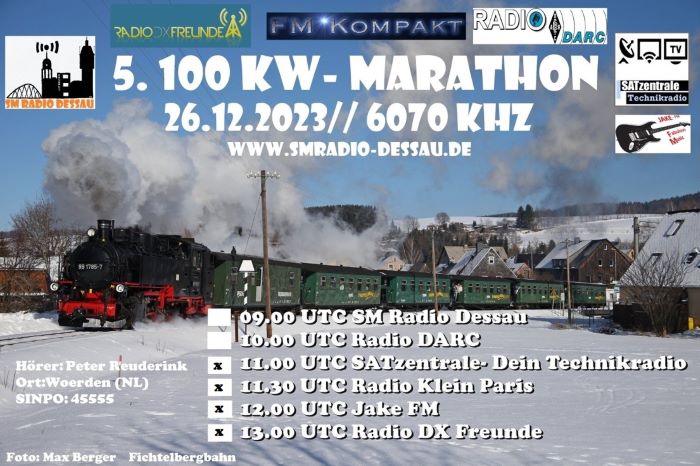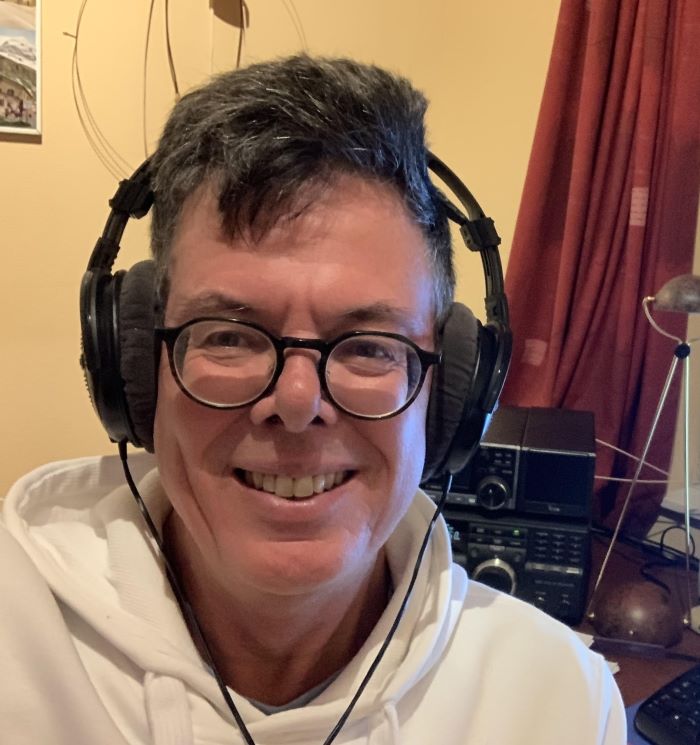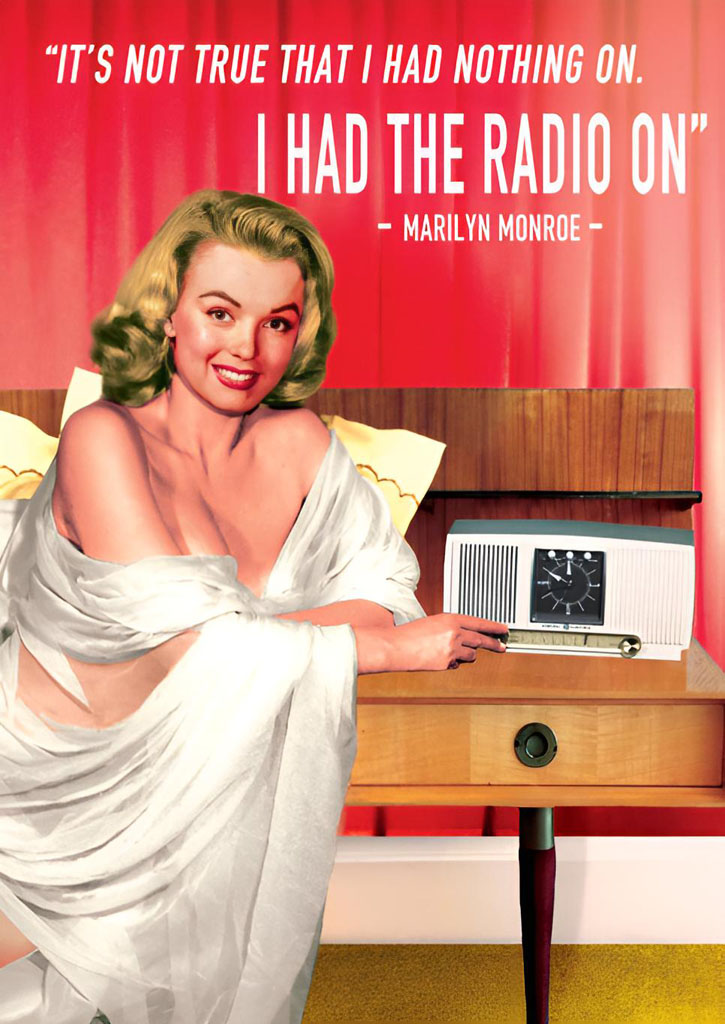I still see a lot of reports of “Nuuk Radio” and “Cape Farewell” radio in the NAVTEX community. That is for NAVTEX stations with letters M and W. I sent a report for Nuuk (W in Area IV) and Simiutaq (M in Area IV) to Bo Mogensen at Tusass, for my reception of these stations.
He made me aware that there are only three stations left, and that my information is outdated. Call sign M is for Simituaq, broadcasting for regions 5,6 ,7 and 8.
Call sign W is for Igdlutaligssuaq (Kook Island), with messages for regions 8,9 ,10, 11. Call sign I (in Area XVIII) is Upernavik, covering regions 11,12,13 and 14…
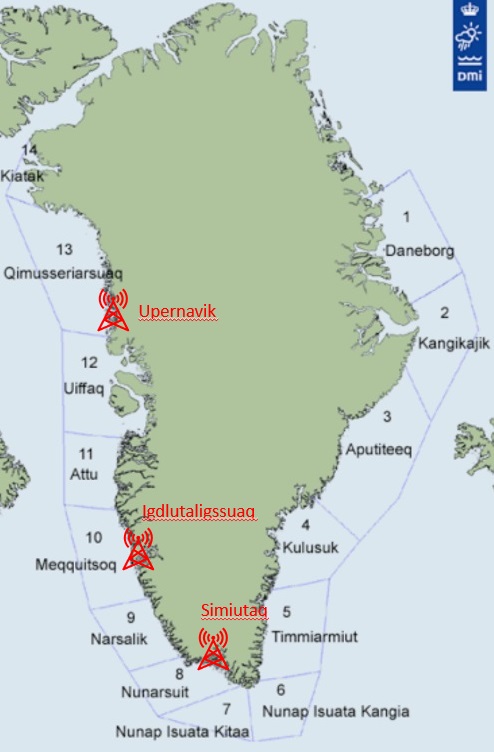
If you see this map the obvious question is “who covers the East Coast”? But that is done by Grindavik (regions 3,4,5) and Saudanes Radio (regions 1,2,3) from Iceland.
